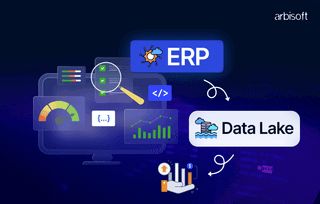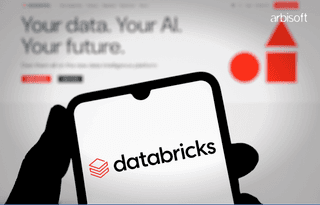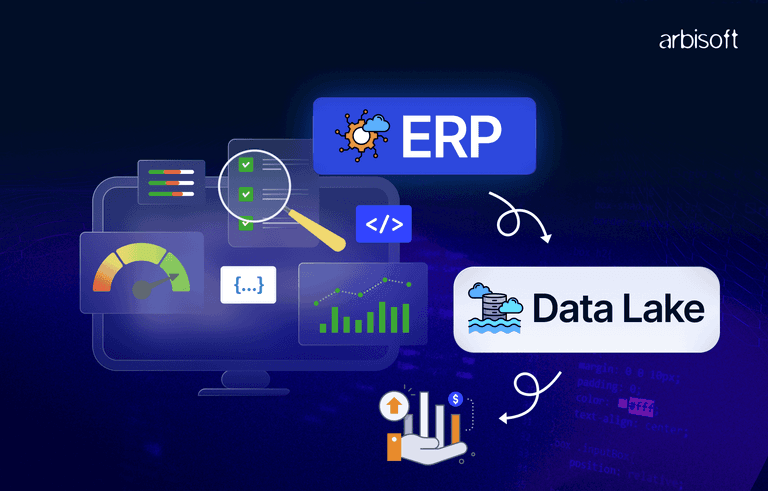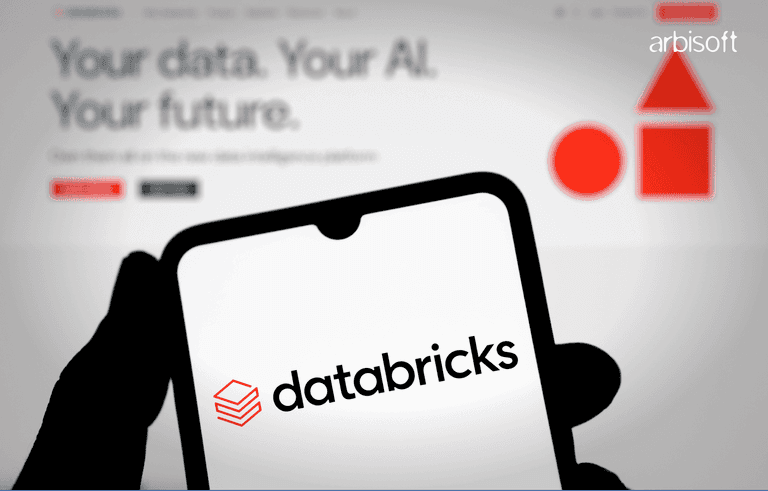We put excellence, value and quality above all - and it shows




A Technology Partnership That Goes Beyond Code

“Arbisoft has been my most trusted technology partner for now over 15 years. Arbisoft has very unique methods of recruiting and training, and the results demonstrate that. They have great teams, great positive attitudes and great communication.”
The Role of a QA in Agile: Driving Quality Beyond Testing
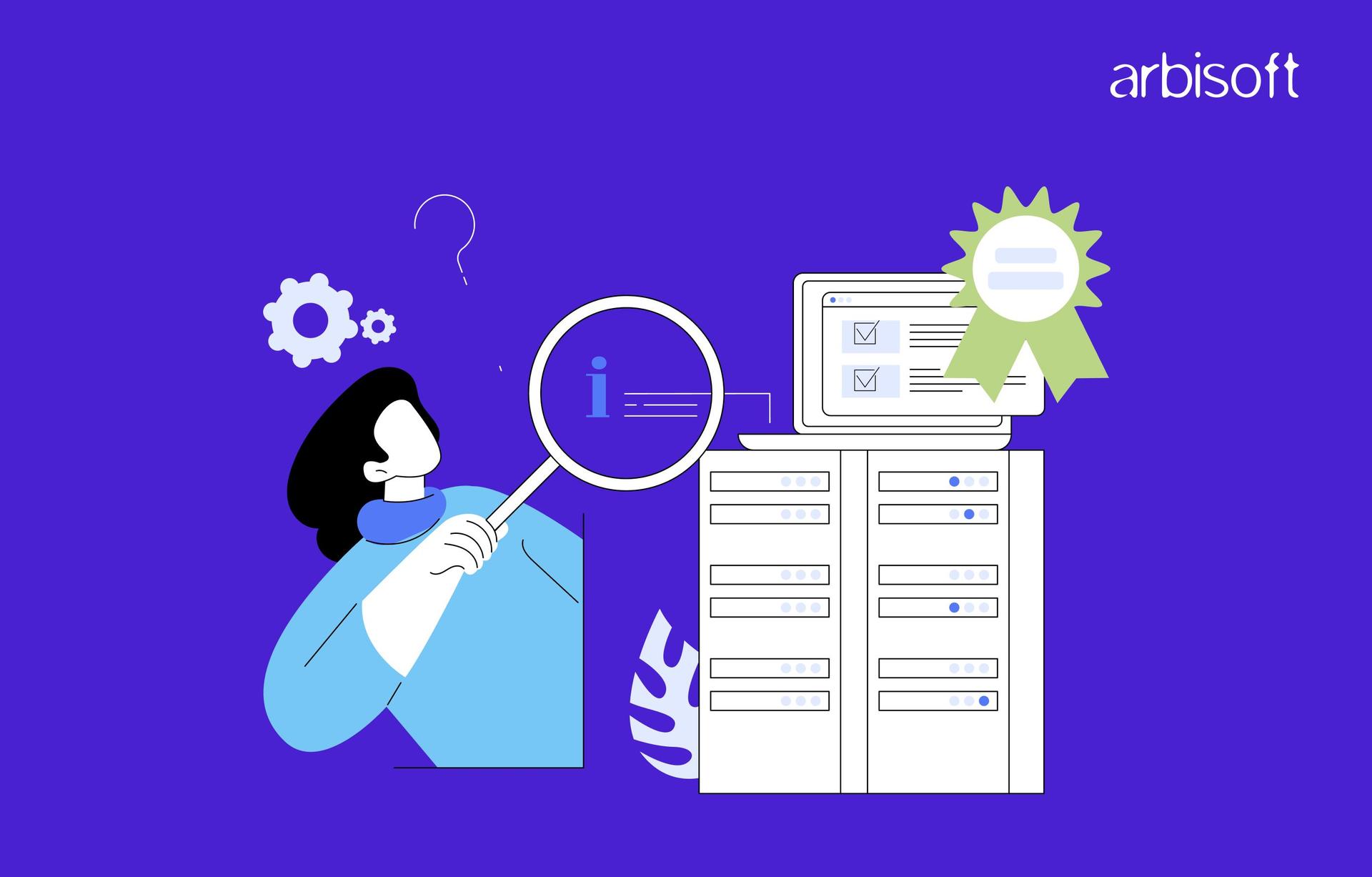
In the current time, most organizations are quickly adopting the Agile development lifecycle because Agile provides speed and adaptability, due to which the role of a QA resource has undergone a major transformation. The days are gone when a QA resource was only limited to writing and executing a set of test cases. They were logging bugs for the test cases that didn’t meet the expected results. Nowadays, Agile QAs are playing a major role in an Agile team. They are contributing to the quality of a product at every step of the software development lifecycle.
In an Agile team, a QA tester follows the principles of Agile, and as a result, they deliver high-quality software using collaborative and iterative processes.
In this blog, we’ll take a look at how QA resources can handle quality beyond traditional testing tasks, ensuring that the team delivers value to customers while embracing the Agile principles of collaboration, flexibility, and continuous improvement.
From Traditional Tester to Advocate of Quality
In the traditional software development lifecycle, such as the waterfall model, work follows a sequential and linear approach. QA is considered the last step of the development process. Here, quality is the main responsibility of a QA resource, as they find defects after development. These defects are mostly reported on live applications, and these hotfixes are quite expensive.
The Agile development lifecycle works on adaptability and flexibility. Agile has changed the testing process by merging QA resources into cross-functional teams. Here, quality is the shared responsibility of the entire team. The defects found in live apps are less expensive because they will be fixed in the next iteration depending on priority and impact.
The role of an Agile QA extends beyond testing a product. The responsibilities include:
1. Collaborating with developers and product owners to define acceptance criteria. QA aims to make the acceptance criteria clear with product owners so a feature/functionality can be easily testable without impediments.
2. To ensure quality, Agile QAs participate in scrum ceremonies, especially in daily standups, backlog refinement, and sprint planning.
3. Ensuring that designs/mocks are user-centered and the functionality is working as expected, making sure the software product meets customers' and clients' needs.
Getting feedback from team members and focusing on exploratory feature testing, exploratory regression testing, and automation testing.
4. In simple words, Agile QAs should understand the importance of quality and their contributions toward improving quality at different stages of the Agile development lifecycle.
Key Contributions of QA in Agile
1. Shift-Left Testing
Moving test activities earlier in the software development lifecycle is one of the fundamental shifts in Agile. As an Agile QA, you’re:
1. Involved in backlog refinement or reviewing requirements to identify ambiguities early.
2. Involved in reviewing the acceptance criteria of user stories.
3. Collaborating with developers during unit testing.
4. Collaborating with developers during code reviews.
5. Writing test cases in parallel with development to align with sprint goals.
Some Agile teams use the behavior-driven development (BDD) technique to improve communication within the team and with stakeholders.
2. Agile Testing Quadrants
Some Agile teams use the concept of ‘Agile Testing Quadrants.’ In this method, the tests are divided into four quadrants balanced across business-facing and technology-facing tests.
1. Unit testing and API testing are automated tests and fall under technology-facing tests.
2. Acceptance testing and usability testing are manual tests and fall under business-facing tests.
These quadrants help Agile QAs ensure the tests provide detailed testing coverage and cover both functional and non-functional aspects of the application.
3. Enabling Continuous Feedback
In the Agile lifecycle, improvements and suggestions can be added at any stage using continuous feedback from customers and clients. Agile QAs:
1. Perform exploratory feature testing and exploratory regression testing to cover functional and non-functional tests, such as accessibility and usability testing. They perform thorough testing to cover edge cases as well.
2. Automate test suites like smoke, sanity, and regression tests using automation testing services to execute tests efficiently and maintain quality. These tests are scheduled daily at different times, i.e., before and after release, to ensure changes don’t break anything.
3. Use CI/CD pipelines in conjunction with devops services to ensure frequent and reliable feedback on code quality.
4. Use project management tools like JIRA to write acceptance criteria and report bugs. These tools also provide tracking and promote transparency within the team.
4. Collaborating Using Agile Ceremonies
The involvement of QAs in scrum ceremonies promotes collaboration.
1. In sprint planning, QAs ensure that testable user stories are properly prioritized.
2. In daily standups, QAs update the team about testing progress and highlight impediments.
3. In sprint retrospectives, QAs identify weak areas in the existing process and suggest improvements to enhance quality assurance.
5. Tools and Techniques that Support Agile QAs
Choosing the correct tools and techniques promotes quality in the Agile lifecycle. In most organizations, Agile QAs rely on a combination of tools and techniques:
1. Commonly used automation testing tools include Cypress, Selenium, Appium, and WDIO.
2. For team collaboration, tools like Slack, Confluence, and JIRA are used.
3. Some Agile teams use behavior-driven development (BDD) for adaptability. An example of BDD is integrating Cucumber into current automation tools.
4. For CI/CD integration, tools like GitLab and Jenkins provide continuous delivery pipelines.
Challenges Faced by QA in Agile
Agile is open to change at different iterations of a project, but an Agile team can face many challenges:
1. In short sprints, it’s sometimes difficult for a team to maintain a balance between speed and quality. Speeding up testing can put pressure on QA, leading to compromised thorough testing, which may result in a low-quality product.
2. Changes evolve rapidly in Agile projects, requiring QAs to be proactive and flexible.
3. The Agile team mindset should accept that product quality is the responsibility of the entire team, which can sometimes be challenging.
The Agile QA Mindset
If you want to be an outstanding Agile QA, it’s critical to adopt the right mindset:
1. Be ready to prepare for changes in product requirements and adapt to them as soon as possible.
2. Be proactive in predicting, identifying, and addressing issues earlier in the lifecycle.
3. Be curious about new tools and techniques. Learn, adapt, and implement them during projects.
4. Gain relevant domain knowledge about the product/project to improve testing.
Conclusion
In an Agile team, the role of QA resources extends far beyond testing. It is not limited to testing but expands to adaptability, collaboration, and client and customer satisfaction. It’s about focusing on product quality at every step of the development lifecycle, complemented by comprehensive software development services that drive innovation.
Agile QAs play a vital role in delivering high-quality, usable products at the end of every iteration. They ensure quality by communicating proactively with the team, recommending user-centric designs, and integrating testing into development seamlessly.








